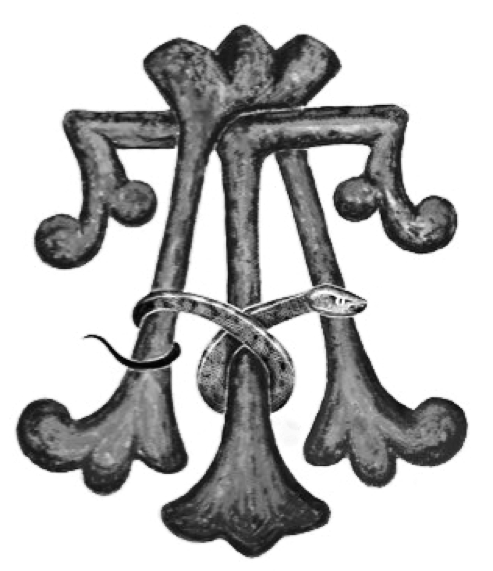The Tizzano Museum of Obstetrics, Gynecology, Medical Antiques,
Women's Health History
In the realm of medical treatment, particularly of surgical concepts and techniques, little can compare with the surgical advances during the latter half of the 19th century that were nothing short of spectacular. Perhaps because therapeutic methods and instrumentation of the period seem so arcane and, to modern thinking, misdirected, historians have by and large avoided the therapeutic aspects of medical practice. This is somewhat unfortunate, since 19th century physicians defined their calling largely in terms of therapeutic measures rather than diagnostic ones.
Leon Audain, commenting on surgical instrument displays at the 1889 Paris Universal Exposition, identified three pivotal innovations in surgical practice of the nineteenth century: anesthesia in the 1840’s; achieving hemostasis, especially by means of Pean’s artery forceps in the 1860’s; and antisepsis from the late 1860's through the 1880’s.
The focus of this collection is on instruments of the pre-aseptic era, which came to a close around 1890. These earlier instruments are much appreciated as they frequently incorporate rare and beautiful materials and exhibit standards of craftsmanship, finish, and overall artistry that were later sacrificed in the interest of asepsis.
It is our hope that visitors to the museum will admire the instruments as objects of delight and as examples of the artisan’s virtuosity. Please join us in the satisfaction gained by coaxing out the story of each instrument through research and thoughtful investigation by sharing your comments and expertise with us. We look forward to hearing from you!
Anthony P. Tizzano, M.D.

